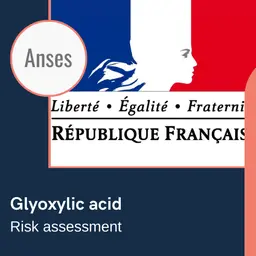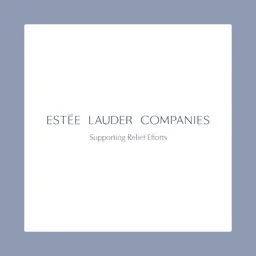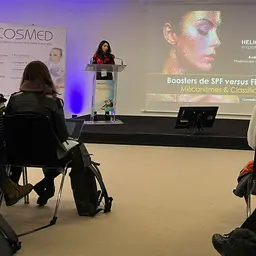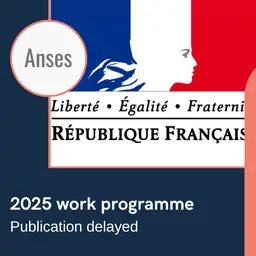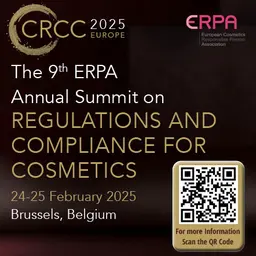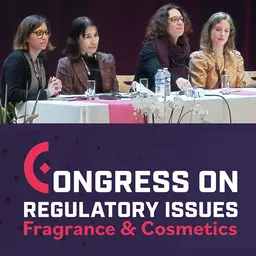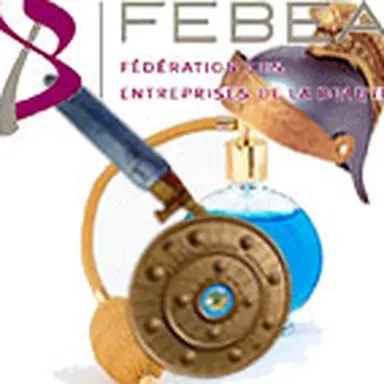
How can a fragrance be protected from counterfeit, unfair competition, and parasitic competition? There is a legal tool for this: industrial property. But it is expressed differently according to which aspect of a fragrance is to be protected. Emmanuelle Gourbin, the head of legal and labour affairs at FEBEA (France’s Federation of Beauty Companies), shed light on the topic at the afternoon of conferences held by the federation on the theme of fragrance.
Intellectual property is a legal tool to protect creations. The rights it accords are conferred on creators through and for their creations. These rights are divided into two main categories:
• Industrial property rights: patents, brands, geographical indications, etc. associated with a formal procedure
• Artistic and literary property rights: right of authorship and related rights, which arise automatically as soon as the work of the mind is created It is important to note that ideas alone cannot be protected; they must first take form.
Breaches of industrial property rights can differ in nature.
• Counterfeit involves the reproduction, imitation, or full or partial use of a trademark, a design, a patent, or of a right of authorship, without authorisation from the holder.
• Unfair competition is the use of abusive commercial practices. Amongst the most common: denigration, imitation, disruption, etc.
• Parasitic competition: this is set of behaviours by which an economic agent free-rides in the wake of another to profit, at no expense, from the victim’s efforts and knowledge.
Compensation for damages takes the form of damages and interests and convictions.
Two concepts are covered by fragrance:
• An odour: the perfume
• A solid or liquid aromatic …

